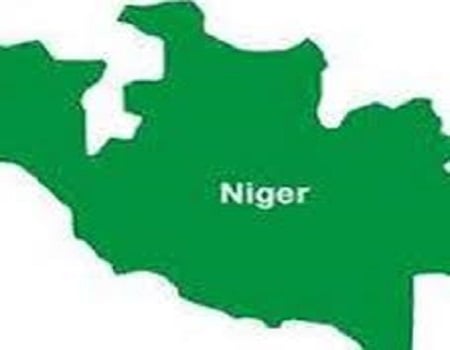Recent decades have seen a drive to push more power to a local level in Japan, writes deputy editor Martin George.
Local government in Japan has something its counterpart in the UK can only dream of: a chapter in the country’s written constitution that guarantees its role, including a commitment to “the principle of local autonomy”.
It is an American-influenced constitution that came into effect in 1947 during the postwar occupation, and has not been amended since.
Despite this, until 1999 local government operated under what was known as a system of delegated functions. As one guide to local government in Japan explains, “the chief executive of the local government implemented and managed affairs legally under the jurisdiction of central government ministries and agencies, in effect acting as a local branch of the national government”.
The Comprehensive Local Autonomy Law, passed in 1999, abolished this system, and “local governments were given actual responsibility for all the affairs being handled by them, including the formerly delegated functions”.
Japan’s national parliament, the Diet. The 1999 Comprehensive Local Autonomy Law increased the powers of local government
The legislation clarified the responsibilities of national and local government, entrusting the latter with carrying out those duties that are closest to their residents’ lives.
National administrative agencies were stopped from getting involved in local governments, unless permitted by laws or ordinances. And a National/Local Dispute Resolution Committee was established in the national Ministry of Internal Affairs & Communications to examine cases where a local government is dissatisfied with the involvement of a national administrative agency.
Learning from local autonomy in Japan
There is also a Forum for Consultations between the national and local governments. When it last met, at the prime minister’s office in October 2022, topics discussed included regional revitalisation, decentralisation reforms and the covid response.
For a demonstration of the importance of local government in Japan, you need look no further than taxation. According to an OECD analysis of data from 2018, subnational government in Japan raises 39% of all public tax revenue in the country. The equivalent figure for the UK is 6%.
And while local government in England relies on two sources of locally raised taxation – council tax and business rates – the tax raised by Japanese local government comes from a diverse range of sources, and national legislation sets out 13 types of prefectural tax and 13 types of municipal tax.
Yakushima’s council assembly hall. Yakushima Town was created in 2007 when two smaller towns merged. Its new town hall was constructed using timber from the Yakushima island
In 2017, the prefectural inhabitants tax accounted for a third of tax raised by prefectures, followed by an enterprise tax, local consumption tax, automobile tax, light-oil delivery tax, property-purchase tax and prefectural tobacco tax.
For municipalities, an inhabitants tax accounted for 45% of the local tax take, with a property tax raising 42%, followed by a city planning tax and municipal tobacco tax.
In addition, local government can create non-statutory taxes. Examples include gravel-collection tax, tax on possession of holiday homes, tax on housing units with extremely small living space and a tax on pleasure fishing.
As in the UK, the amount of revenue local government can raise varies widely by region, with Tokyo raising 2.4 times as much per capita as Okinawa, a chain of remote islands at Japan’s far south-west.
These disparities are addressed by the local allocation tax, which central government distributes to the prefectures and municipalities. Tokyo receives none, while some prefectures receive twice as much from local allocation tax as they do from local tax revenue.
The local government landscape is much more uniform than in England, and every part of Japan has just two tiers: a prefecture and a municipality. There are 47 of the former and around 1,700 of the latter, and each tier has a directly elected governor or mayor – who has strong powers – as well as a directly elected assembly.
There is a trend for the prefectures to have an increasingly significant role, typified by national legislation passed in 2020 to counter covid which gave governors powers to regulate outdoor and other activities. It saw governors receive detailed mass-media coverage.
But while the number of prefectures has remained fixed at 47, three large waves of consolidation since the late 1800s have greatly reduced the number of municipalities. The most recent round saw the 3,229 in existence in 1999 fall to 1,718 two decades later, with financial difficulties the most commonly cited factor. Another is the increasing demand for social welfare services, driven by the ageing population, which is better met by larger units of local government.
Another issue familiar to UK local government is local election turnout, which has fallen sharply since 1947. Where once it was higher than national elections, reaching over 90% in 1951, it is now lower, slipping to the mid-40s in 2019. And the proportion of female local assembly members is strikingly low – around 11% according to data from 2011 – although this represented a big increase from the 3% recorded 20 years earlier.
The Japan Study Tour 2023, organised by the Council of Local Authorities for International Relations, visited Tokyo and Kagoshima Prefecture in January 2023. Martin George then travelled to Nanyo City in Yamagata Prefecture separately



